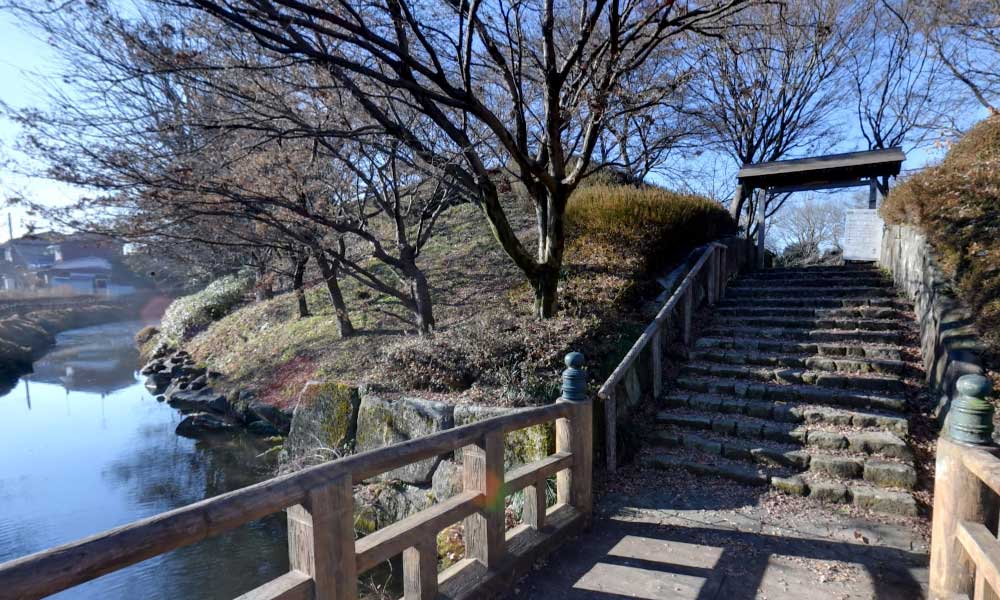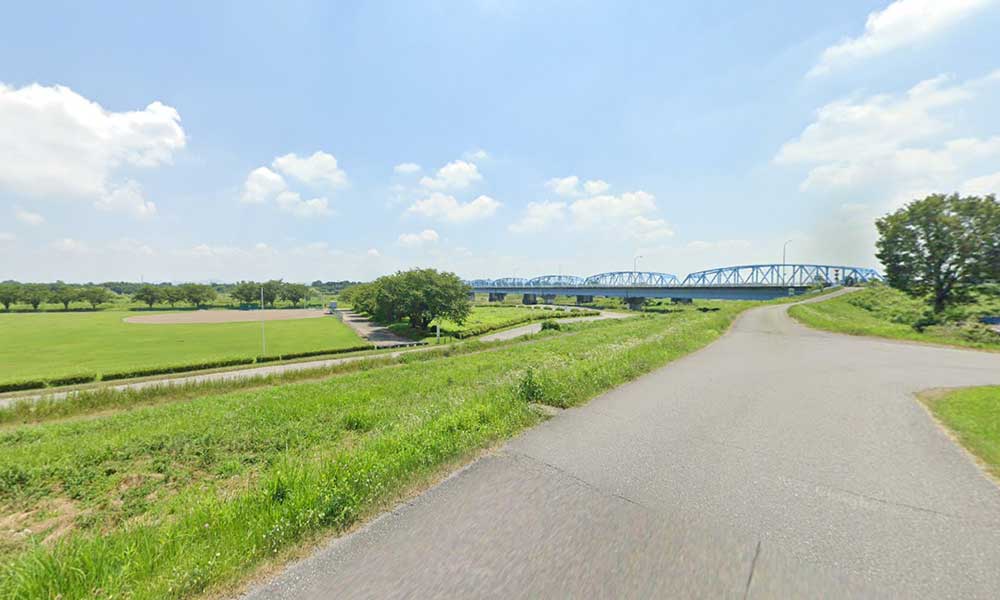Kaminokawa Town, Tochigi栃木県上三川町
Living in Kaminokawa Town, Tochigi

We have Summarized the livability of Kaminokawa Town, Tochigi.
CENTRAL AREA県央地域
CONTENTS
- What kind of place is Kaminokawa Town?
- Kaminokawa TownPR video
- How is the traffic situation in Kaminokawa Town?
- How are the rent and land prices in Kaminokawa Town?
- How is childcare and education in Kaminokawa Town?
- How about shopping in Kaminokawa Town?
- How about jobs and recruitment in Kaminokawa Town?
- Kaminokawa Town’s unique subsidy/subsidy system
What kind of place is Kaminokawa Town, Tochigi?

A tranquil rural landscape surrounded by nature, with abundant historical spots, the town of Kaminokawa.
Kaminokawa Town is located in the central and southern part of Tochigi Prefecture, covering an area of approximately 54.39 square kilometers.
It borders Utsunomiya City to the north, Moka City to the east, and Shimotsuke City to the south and west.
The population is about 31,000, with approximately 12,000 households (as of December 2023).
The town is situated in the northern part of the Kanto Plain, about 90 km north of the Tokyo metropolitan area. With an elevation of 60 to 80 meters, it features mostly flat terrain, blessed with water from the Kinugawa River in the east, the Tagawa River in the west, and the Tagawa flowing north and south through the center.
It is believed that many ancient burial mounds were constructed here, indicating that the area thrived in the past. The name Kaminokawa is said to derive from Mikawa Village, which existed in the ancient Kawachi District.
During the Kamakura period, Takō Castle and Kaminokawa Castle were successively built as forts south of Utsunomiya Castle.
In the Edo period, it became part of the territories of the shogunate, hatamoto, Utsunomiya Domain, and Sekiyado Domain.
In 1889, during the Meiji period, the town and village system was enacted, leading to the establishment of Kaminokawa Village, Hongō Village, and Takō Village.
Subsequently, in 1893, Kaminokawa Village was designated as a town, resulting in the birth of Kaminokawa Town.
After entering the Showa period, through mergers with surrounding towns and villages, it evolved into the present form of Kaminokawa Town.
Historically a region rich in agriculture, it saw a rapid increase in population after attracting a Nissan Motor factory in the 1960s, transforming from a farming-centered town to one with significant industrial activity.
As a historically significant area, numerous archaeological sites and castle ruins remain within the town.
The Takō Castle Ruins was the residence of the Takō clan, a branch of the Utsunomiya clan, and now only the earthen ramparts and part of the moat remain.
The Kaminokawa Castle Ruins, built in 1249, played a significant role as a southern stronghold of Utsunomiya City alongside Takō Castle. Today, the main castle site remains as Kaminokawa Castle Ruins Park, featuring a lawn park, walking paths, and an outdoor stage, making it a place of relaxation for residents, hosting events and a flower festival in spring.
The Shirasagi Shrine is a historic shrine believed to have been established over 1,000 years ago, designated as a cultural asset of the town. It houses the “Sword of Peace,” measuring approximately 12 meters long, considered the longest sword in Japan, believed to sever misfortune when touched, making it a popular spot for visitors.
The region is also characterized by many beautifully maintained parks, with the Tatenuma Riverside Park being particularly popular. It utilizes the riverside of the Kinugawa River flowing through the eastern part of the town, featuring facilities for water play, playgrounds, stages, and ground golf.
One of the notable festivals in the town is the Kaminokawa Summer Festa. This major event features about 4,000 fireworks lighting up the night sky, along with performances by a brass band, dance, and Yosakoi dance, creating a lively atmosphere.
PR video of Kaminokawa Town, Tochigi
ORIGAMI Town – Kaminokawa – Promotional video
How is the traffic situation in Kaminokawa Town?

A convenient town of Kaminokawa, where residents can use nearby stations in adjacent towns and enjoy well-developed trunk roads.
Although there are no railways running through Kaminokawa Town, residents can utilize the eastern exit rotary of the JR Utsunomiya Line’s Ishibashi Station in the neighboring Shimotsuke City, as the area east of the rotary falls within the town’s boundaries.
The main roads in Kaminokawa Town include National Route 4 and the New National Route 4 (National Route 4 Bypass), which run north-south, connecting Shimotsuke City in the south to Utsunomiya City in the north. There is also National Route 352, which connects the western town of Mibu and the eastern city of Moka, transitioning to a prefectural road in the central part of Kaminokawa Town.
The highway accessible from Kaminokawa Town is the Kita-Kanto Expressway, with the Kaminokawa Interchange available for use.
Within the town, there are also route buses operated by Kanto Bus and demand-responsive transport known as Kamitango.
There are many expressways and national roads, making it convenient for long distance travel. There are several roads that are convenient for traveling within Tochigi Prefecture.
There are no trains in the town, so you will need to use stations in neighboring cities and towns. Buses are infrequent and the last train or bus leaves early, which can be inconvenient.
How are the rent and land prices in Kaminokawa Town?
Kaminokawa Town offers relatively low rental and land prices, providing a wide range of housing options.
According to information from a real estate information website, the average rent in the city for a newly built apartment within a 10-minute walk from the station is about 53,000 yen for a 1K and 75,000 yen for a 2LDK.
The average price per tsubo of land is about 100,000 yen per tsubo.
There are also a certain number of apartments and rental houses available, and housing is provided to meet the demand of single people and newlywed couples. In addition, residential areas that make use of the natural environment are spreading, and housing prices are relatively stable. Housing is provided that matches the characteristics and needs of the area, making it an attractive area for people who want a lifestyle of living in harmony with nature.
It is possible to build your ideal custom-built home on a large plot of land. There are new and used homes in the town, with properties in a wide range of price ranges.
Since public transportation routes are limited, you will need to take measures and make preparations that suit your lifestyle and needs.
How is childcare and education in Kaminokawa Town?

Kaminokawa Town is an appealing place for raising children, featuring well-equipped childcare facilities and schools set in a natural environment.
In Kaminokawa Town, there are 5 nursery schools, 3 kindergartens, 7 elementary schools, 3 junior high schools, 1 high school, and 1 vocational school.
The Child Medical Expense Subsidy covers children under 18 years old (up to March 31 after turning 18) for both outpatient and inpatient care, with full coverage provided.
Child allowances are distributed as follows: ¥15,000 for the first child under 3 years old, ¥10,000 for the first and second children aged 3 and up until entering elementary school, ¥15,000 for the third child and beyond, and ¥10,000 for junior high school students.
Kaminokawa Town also offers unique childcare support.
To ensure that pregnant women and families can safely navigate pregnancy, childbirth, and child-rearing, the town implements the Shira Piyo Future Support Fund, utilizing the national childbirth and childcare support benefits.
The Childbirth Support Gift provides ¥50,000 in cash for each pregnant woman, while the Child-Rearing Support Gift offers ¥50,000 for each newborn child.
Additionally, there is the Kaminokawa Town Baby Birth Celebration Grant System, which provides ¥200,000 for the birth of each child starting from the third child.
Another initiative is the baby gift program called Hug Hug Kaminokawa, which allows families to choose one item from a catalog of baby goods as a gift.
There are often no children on waiting lists for childcare facilities, which is great for dual-income families. Support for pregnancy and childbirth is generous.
There are few educational institutions such as high schools, and commutes to school tend to be far away.
How about shopping in Kaminokawa Town?

Kaminokawa Town offers everything from supermarkets to specialty stores, making daily necessities easily accessible.
Kaminokawa Town does not have large shopping malls or department stores, but it features a variety of small to medium-sized supermarkets, drugstores, and restaurants.
As the area primarily relies on cars for transportation, many stores are located along national and prefectural roads, with a concentration of shops along Prefectural Road 35, which runs almost parallel to National Route 4, and along Prefectural Road 47, which merges with National Route 352.
The Kaminokawa Ikigai Plaza Agricultural Products Direct Sales Store is a popular facility operated by the JA, where you can purchase fresh local vegetables and fruits. It also sells products certified as Kaminokawa brand and processed goods.
Additionally, there are about four supermarkets within the town.
Since 2022, a mobile supermarket has been operating in the town, providing a convenient shopping option for elderly residents and others who may find it difficult to go out for shopping.
On weekdays, mobile supermarkets operate within the town, so it is convenient to shop even if you do not have a car. Mobile supermarkets are very convenient for people who find it difficult to travel far.
There are no large stores in the area, so people who want to enjoy shopping will have to go far away. Compared to other cities and towns, there are fewer restaurants in the area.
How about jobs and recruitment in Kaminokawa Town?
Kaminokawa Town has an industrial area where a variety of job opportunities across different sectors can be found.
The average annual income in Kaminokawa Town is 3.29 million yen.
The main industry in Kaminokawa Town is agriculture, with active cultivation of spinach, kanpyo (dried gourd strips), and strawberries.
Additionally, there is a Nissan plant in Tochigi, where luxury cars such as the GT-R, Cima, and Fairlady Z are produced.
Besides the aforementioned job opportunities, there are also a certain number of job openings in closely related fields such as healthcare, nursing, education, and retail.
The town also provides various support services for job seekers.
By working in a community-based role, you will be able to contribute to the community while enjoying a fulfilling work life in a natural environment.
These locations are often far from city centers and may have limited public transportation access, so you’ll need to plan and prepare to fit them into your lifestyle and career goals.
Kaminokawa Town, Tochigi’s unique subsidy/subsidy system
Kaminokawa Town, Tochigi’s unique relocation assistance and relocation subsidy system
| Kaminokawa Town Migration Support Program |
Kaminokawa Town, Tochigi’s unique housing assistance and subsidy system
Kaminokawa Town, Tochigi’s unique childcare support system
Kaminokawa Town, Tochigi’s unique system for further education and tuition assistance/subsidies
| School Attendance Support Fund Hometown Human Resource Development Scholarship Fund Student Program |








